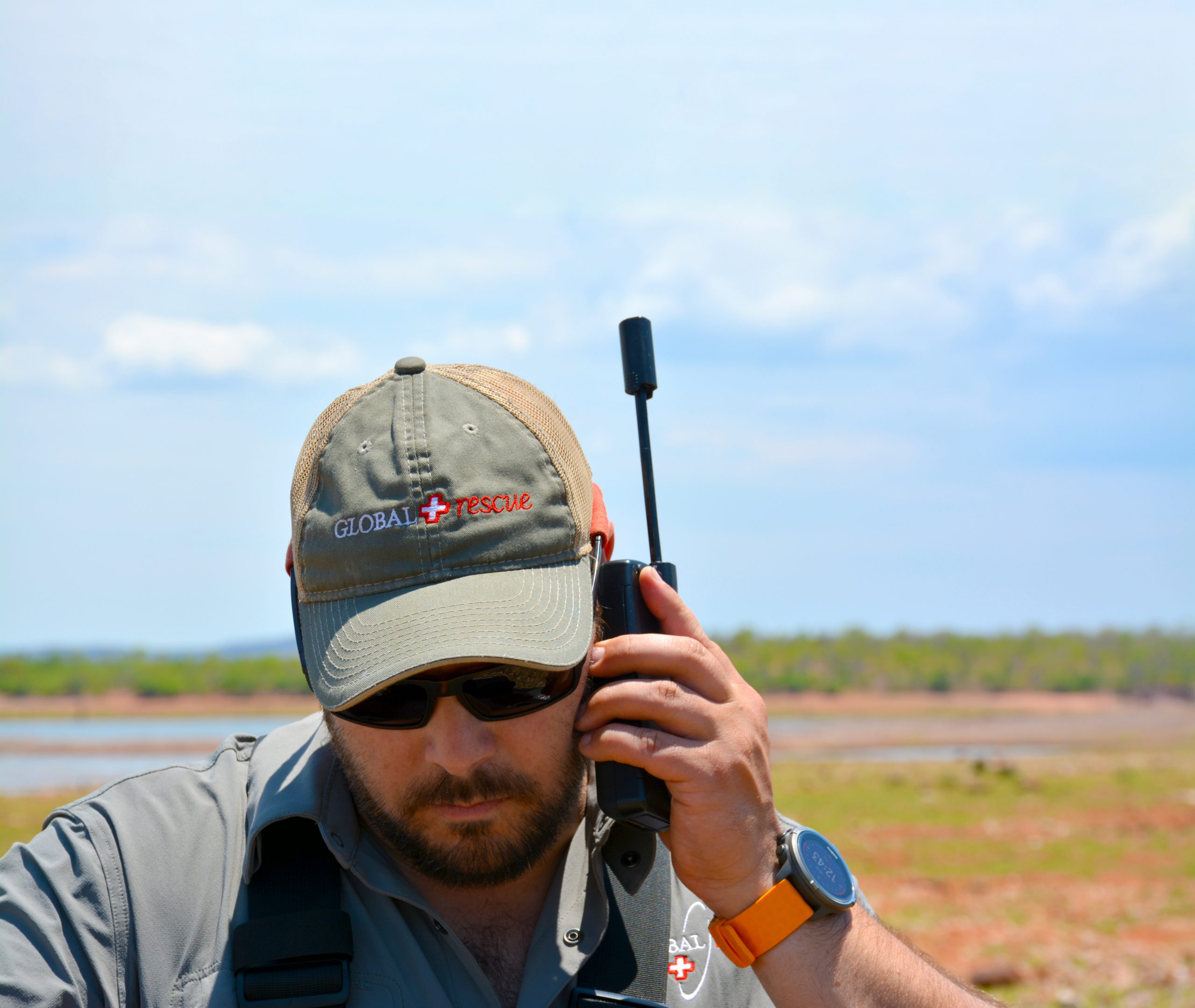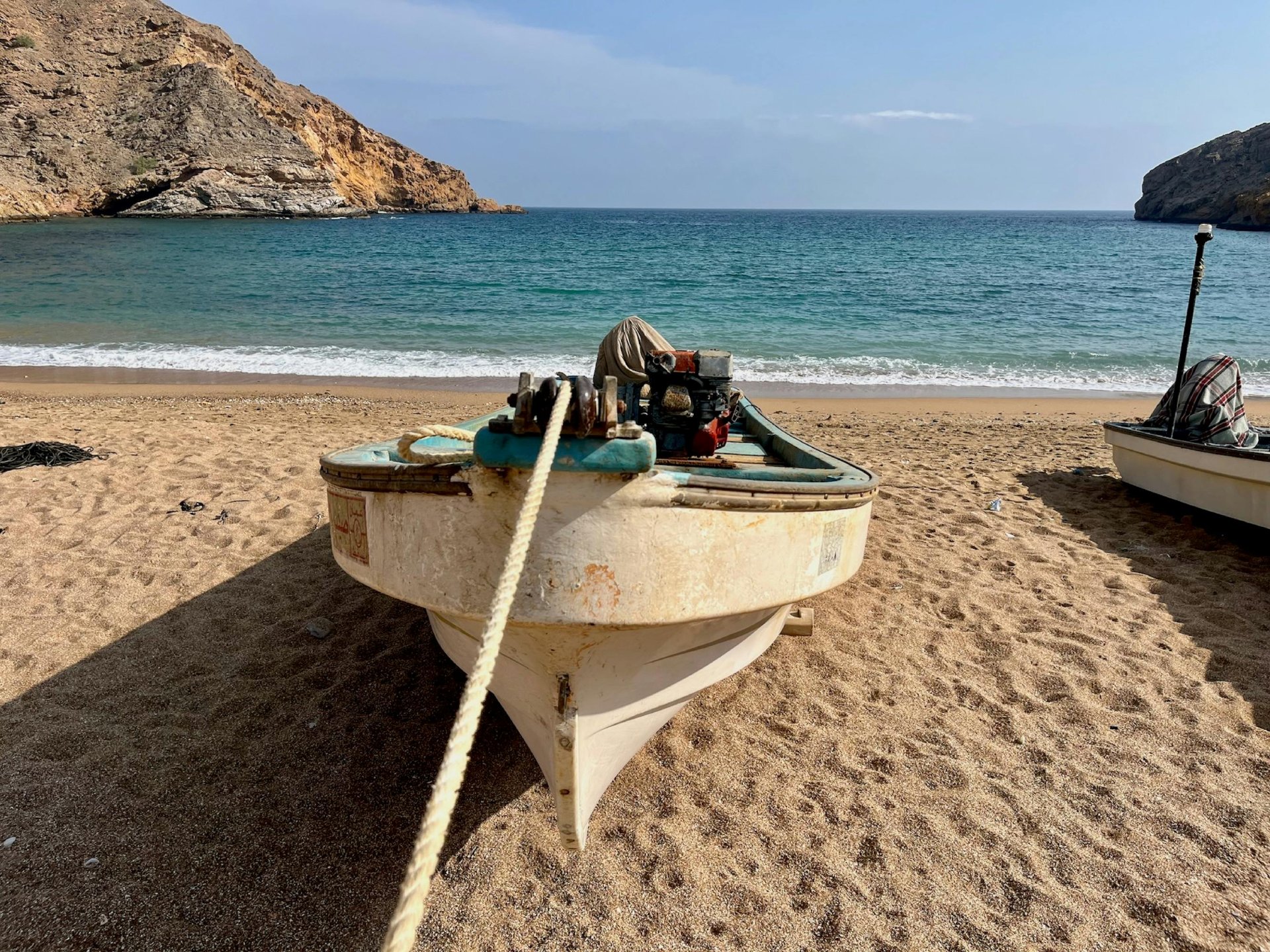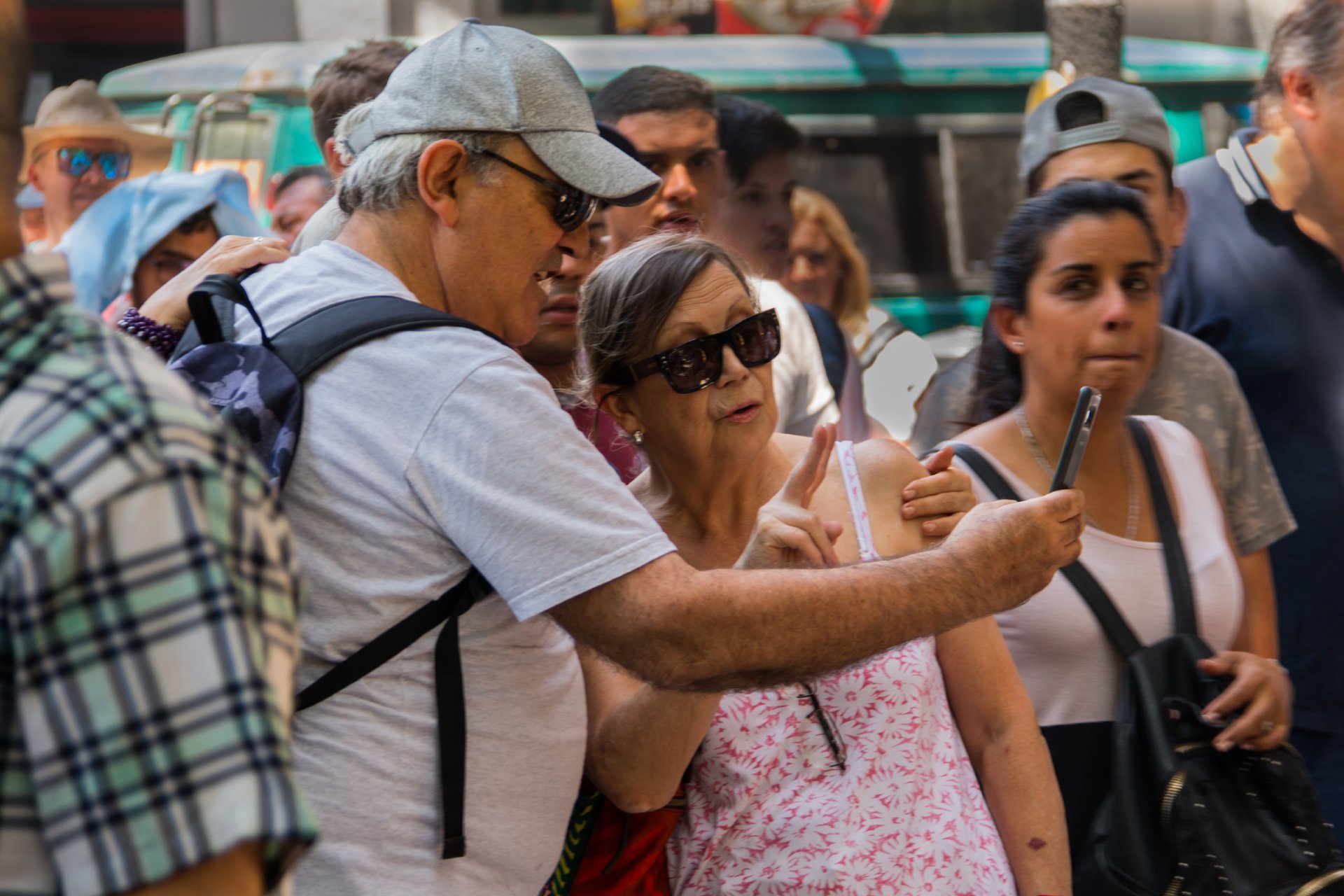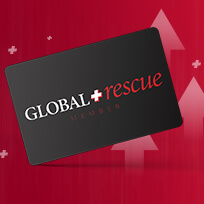Traveling near or far? Going with friends, family or solo? Heading into the backcountry? Regardless of your trip destination, duration or travel companions, you should always have the ability to stay in touch, especially in case of an emergency.
One-way vs. Two-way Communication
Before mobile phones, WiFi and emergency satellite phones, staying safe in the wilderness or even on a short hike in the state park meant letting someone know where you were going, who you were going with, when you would return and what to do if you didn’t return at the expected time.
Today, the most reliable way to get help after becoming ill or suffering an injury in the backcountry, or any other remote locations, is through two-way communication. Ensuring this capability requires planning.
Ask yourself the following questions before any trip:
- Is there reliable cell service where I am going?
- What emergency resources are available and how will I contact them?
- What would a rescue entail if I became injured where I plan to go?
No Cell Service
What should you do if you have an emergency and do not have a working two-way communication device? What will you do if you have phone service, but your battery died because you were busy snapping selfies, live streaming your hike on social media and running a GPS navigational-based trail map application, instead of using a real map?
Maybe you brought an extra power pack and you have the right cables – but perhaps not.
What if your phone fell out of your pocket and you heard a splash when you were filling your water bottle at the stream?
When you do not have two-way communication capability or your devices have failed, you must resort to more primitive, but often effective, emergency and one-way communication methods.
These emergency signals can include:
- Yelling for help
- Sending someone in your group or a passerby for help
- Blowing a whistle
- Firing off an emergency flare
- Safely building a signal fire
- Using a signal mirror
There are alternatives. If cell service is not available, there are various satellite communications devices available that don’t rely on cell tech. These include satellite tracking and messaging devices where you can send a 160-character text messages or emails to anyone. You can also activate an SOS feature notifying an emergency coordination center of your location and emergency.
There are also several personal locator beacons (PLB) for personal use available. A PLB is a one-way emergency signaling device that only sends a distress signal, like a whistle or a flare.
With two-way satellite communication devices, you can provide additional important information for rescue services. Two-way satellite communication allows the rescue service to ask you specific questions to help them assemble the right resources to get to you.
Smartphones in the Backcountry
Ensure your phone works where you are going. Make sure you have an extra power pack, batteries or charging capability. Keep it as fully charged as possible.
If you choose to use navigation, fitness, weather or communication apps, be aware of your battery life. A navigation app does not replace the need to know how to use a map and compass. Protect your phone and all other electronics from moisture and impact.
Satellite Messaging and Tracking Devices
When you need two-way communication capability and your cell phone will not work, a satellite messaging device is your next best choice.
These devices use communication satellites to send an email, SMS or SOS message. They also usually have a tracking feature, where the recipient back home – or rescue service – can track your trip progress on the interfacing device web page.
Satellite Communication Devices
There are several available devices. The Garmin InReach and the SPOT X devices have been around the longest, followed by the Bivy Stick and Zoleo devices. These devices are easier to use, manage and carry than a satellite phone. They are also significantly less expensive, between $300 and $500 versus $1,500 and up for a satellite phone.
Standalone or Paired
Some satellite messaging devices have internal keyboards or messaging capability and some devices must pair with a smart phone to maintain two-way communications.
For the more extreme adventures, the devices with standalone messaging capability are best because you won’t have your messaging device and your smartphone running simultaneously.
The Garmin InReach Explorer and SE have standalone messaging capability, as does the SPOT X device.
The Bivy Stick and Zoleo devices must be paired through Bluetooth with a smartphone for two-way satellite communications capability. The smartphone does not require cell service for this – it is working via the satellites through the messaging device.
It is important to understand that you cannot communicate with your phone when paired with these devices. The phone is just the keyboard and information screen – the device is doing the communicating.
SMS and Email
When you send a message, SMS or email, the recipient receives a text or email and a link. When opened, a map graphic shows your location on the map, coordinates and a message of up to 160 characters. The recipient can answer directly to the text message or respond through the linked website.
Harding Bush, Global Rescue security operations manager, prefers messages from these devices rather than voice communication on a satellite phone since much of the potential for human error is eliminated.
“If somebody calls with a satellite phone and cannot provide coordinates, it’s difficult to get an accurate location. There could also be voice quality issues. We often have to share the information with various rescue services and when it’s in an email message, the original content is guaranteed to remain consistent,” he said.
Tracking Feature
These devices also have a tracking feature where you can send a message and the recipient will receive a link that can track the progress of your trip. Many corporate users of these devices use this feature to track the location of remote workers.
Everywhere Communications is a company that has taken this to the next level. They provide corporations and organizations with specially adapted Garmin InReach devices that can be tracked and communicated to through an organizational web-based hub. The devices and the hub maintain sophisticated encryption and users can jump between mobile and satellite coverage as available or required.
SOS
The satellite communication devices also have SOS activation buttons. When the SOS button is activated on the InReach, Zoleo and SPOT X devices, an emergency service coordination center receives the message. The coordination center will notify the appropriate emergency resources. Global Rescue members often reconfigure their devices to contact Global Rescue directly.
It is important to remember that Global Rescue must have two-way communication with members to active rescue services.
When the SOS button is activated on a Bivy Stick device, Global Rescue receives the emergency notification directly.
Just as you store essential contact information in your smartphone, the same information should be stored in the satellite messaging devices – especially for the models with standalone messaging capability.
In addition to the cost of the device, there are various service subscription plans. Plans are usually monthly and vary in price according to expected message and tracking feature use.
Satellite Phones
Satellite phones are the next level up in communication capabilities. Just like the messaging devices, satellite phones require a clear view of the sky.
Satellite phones are more practical for a user who needs voice communications in remote areas.
Tour operators and guides, remote workers, non-government organizations, scientists or other researchers may have a communications requirement beyond just a 160-character text or email. A larger group of travelers may have one or two satellite phones and several messaging devices.
Many satellite phones also have SMS, email and SOS capability. They don’t, however, always provide recipient location coordinates during voice communications.
The most important aspect of using a satellite phone (or even the devices) is understanding the dialing instructions. There are specific steps:
- Extend and rotate the antenna
- Wait for the connection and dial
“An emergency is not the time to learn how to use a satellite phone,” Bush said.
If you are using a satellite phone in an emergency, there is a good chance you may be scared or injured. This may affect the quality of your message.
It is always a good idea to think about what you need to say before you make the call and write down the most important information. Also, always be prepared to write down any information you receive from the recipient.
Several companies rent satellite phones. If you have a trip where you may have requirements to make voice communications, renting a satellite phone may be a less costly answer.
Where Are Satellite Phones Illegal?
In some countries, satellite communication devices and phones are illegal because satellite communications circumvent the national communications system and they cannot be monitored.
If you are found having a satellite phone or messaging device in these countries, you may be arrested and put in jail. These countries include India, China, Iran, Cuba, Nigeria, Bangladesh, Myanmar, Chad, Sudan and North Korea.
There are other countries where permitting is required. Some countries only ban foreigners from having satellite communications. Be sure to check before you travel.
“We always recommend that if you’re traveling, especially to remote locations where cellular service is not absolutely guaranteed, to pack a satellite phone or messaging device and extra batteries,” Bush said. “If you’re concerned enough about your travel communications to buy one of these devices, then you also need a Global Rescue membership.”











